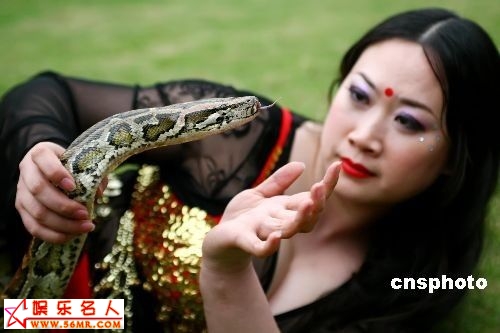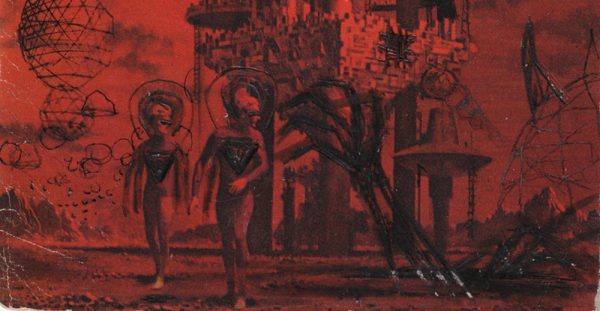ASSORTED BAKELITE STARS
Placed in startlingly elegant nooks, these stars are meant to inspire and encourage the idea of ‘night’, even though residents incarcerated in the Containment Room obviously don’t deserve such nice things. Statistics show that the stars most likely to go missing are puce, gently-bruised green, dirty black, orange and fuckboy pink. Small and prone to breaking, these stars are incredibly easy to remove and appropriate, but that does not mean you should do it. Conversely, some stars have been found on the beach with extra arms and large insect genitalia, but as these do not fall under the purview of ‘Items That Have Gone Missing’, we will not discuss them here.
ONE HUNDRED MILLION DOLLARS
One hundred million dollars was allegedly left in the Containment Room by D. Alamelu, aka Iyiyo Alamelu, during a ten-day incarceration period in 1997. A longtime resident of the institute and avid Kho Kho player, D. Alamelu was also a notorious extortionist, who wandered the hopelessly unsafe halls with wads of foreign currency peering out from the top of her sari blouse. She was attacked twice by people she knew, who took her money, beat her with a field hockey stick, and explained that this was what happened to young women who walked alone in hopelessly unsafe halls. D. Alamelu asked if the wads of cash made everything worse, and they said yes, because it was the truth. Both times, they left her with a broken jaw, a black eye, a fractured wrist and the field hockey stick. It was only much later that she would allegedly leave one hundred million dollars somewhere on the beach of the Containment Room. By then, her jaw and wrist would be completely useless. And while she could still see potentially dangerous things from far away, her eye kept leaking something that smelled like a dead lizard.
RECTANGULAR PORTIONS OF MATTRESSES
These mattresses, crafted by local artisans and installed by a nameless global corporation, encourage the idea of ‘beach’ in such an effective manner that they disorient the tourists who take part in the institute’s informative yet enjoyable daily walking tours. The gel used to represent the ‘sea’ is so blue and so clear that the tourists’ knees buckle and collapse into its briny goodness. Later, when these tourists are being physically removed from the premises, they remark that these incarcerated motherfuckers don’t deserve a beach, and of course they are right. Because these incarcerated motherfuckers are the most motherfucker motherfuckers. Without any civil manners, or respect for other’s belongings, incarcerated residents often remove portions of the thick, luxuriant beach like an asshole cutting a cake. To make matters worse, the pieces are either replaced by a coquettish spray of mango ginger or nothing at all, which is confusing.
S. GAYATHRI
S. Gayathri was an uncomfortably dark 17-year-old girl who was incarcerated on 25 December 1994, for unpatriotic behaviour and for shifting into an angel. The incident occurred during morning assembly, right in the middle of the national anthem, no doubt as the chests of faraway jawans opened like terrible flowers and bled onto unfamiliar soil. Two stumps resembling rotten banana tree stems burst from S. Gayathri’s shoulder blades for no good reason. A pair of blue eyes appeared on the palms of her hands and immediately started crying. Watery silver spilled from the sides of her tongue, making her breath smell like a car accident. S. Gayathri unsuccessfully tried to explain that the stumps, the eyes and the watery silver were manifestations of a terrible love that was seeping all through her body, crushing it from the inside. Later, somebody snuck into S. Gayathri’s room, cut painful, jagged chunks from each stump and made a forgettable vazhaithandu kootu, proving that the stumps were banana tree stems after all. Despite all this, S. Gayathri was charged with trying to shift into an angel, right in the middle of the national anthem like she was a Pakistani or a white colonialist in a ridiculous hat. She sobbed in a decidedly unattractive way, the silver running down her chin and distracting Sister Georgina, who was mistrustful of anyone with dark skin. Nobody remembers feeling bad for S. Gayathri. Nobody remembers her at all now.
THE LUCY TEMERLIN CHOIR FOR WORLD LOVE AND HUMANITY AND INDIA
While performing a repertoire of item numbers for the incarcerated residents of the Containment Room, the entire choir fell silent during a bossa nova cover of ‘Sanda Bajaru’, after which it is popularly assumed that the choir went missing. It is unclear whether they went missing in predetermined batches, faded over the course of a few days, or they simply dissolved into indifferent curls of smoke. There are reports that one member of the choir, D. Alalmelu, a.k.a Iyiyo Alamelu, was seen a few days later, leaving a love letter from S. Gayathri on Sister Georgina’s desk, but this could not be confirmed. For while there was a letter left on Sister Georgina’s desk, filled with heavy, bloodstained wails of complete ruin, who are we to say it was a love letter? Who are we to judge words, weight and bloodstains like we know what we are talking about? Anyway, when the summer is particularly vicious, one can still hear the choir’s mournful, reggae version of the item number ‘Aatama Therotama’, which was definitely one of their weaker pieces.
SETHU
Sethu arrived sometime in 1995, carrying a water bottle and the most entitled chest and shoulders the Institute had ever seen. His mouth was caked with dust and his heels were sliced and bleeding, though he insisted he had come there by bus. He would only speak to Sister Georgina, even though a number of people told him this was an incredibly risky thing to do, especially for a man. In the end, he accosted her in a hallway. Residents loitering nearby gasped as he grabbed Sister Georgina’s forearm and demanded to see S. Gayathri, who everyone, including Sister Georgina, had forgotten about by then. Sethu kept repeating S. Gayathri’s name, the residents kept gasping and loitering, and Sister Georgina’s forearm refused to leave the aggressive warmth of this young man’s hand. Sethu said he would speak to the administrator, the board of directors, to Lucy Temerlin Sir himself. Then what will you do, he said. Where will you hide? Sister Georgina’s forearm trembled and Sethu took a step back, though he would not let go of her arm until much later. He spent the next few weeks wandering the halls and kissing residents in exchange for light snacks. He offered the choir constructive criticism. When certain residents began to weep because they had never seen a penis before, he offered to show them his, explaining that it wasn’t very nice, but it was still a penis. Sethu eventually found the Containment Room by accident and went inside because why not and also because the door was open. He did not go in there to find S. Gayathri. He did not find her, at the far end of the mattress beach, sitting with her astonishingly dark toes slowly sinking into the electric blue gel of the sea. They did not live happily ever after, with their backs against the Containment Room’s least harmful wall.
THE WELCOME BROCHURE FOR THE CONTAINMENT ROOM
This high-class English brochure was originally kept near the door, complete with a patriotic poem and a free pencil. It clearly listed the beach, the sea and the night as restricted areas, along with acceptable methods of how incarcerated residents might show appreciation for these bountiful gifts. A helpful list of Containment Room dangers was also included, which mentioned the toxic floor patches, the diseased walls and the portions of the mattresses most likely to cause drowning. The list did not cover the asbestos, the famine, the contaminated rat droppings, the heavy metals in the air, the acid rain or the persistent lure of suicide. There was also a list of state-approved physical exercises and a badge, which said ‘I am in the Containment Room because I deserve it!’ The brochure was repeatedly retrieved from the middle of the sea, from a soft, contagious wall, and from that section of the mattress where you can still see residents in the process of drowning. As a last resort, the brochure was chained to the ceiling, which is when it disappeared entirely. It is worth noting that the brochure smelled and tasted like beautiful, racist women, which is probably why it went missing in the first place.




